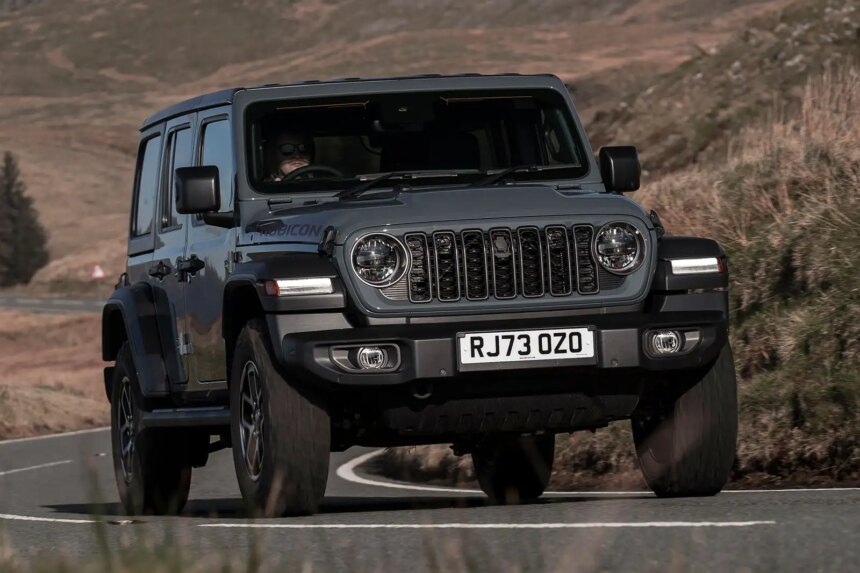The Jeep Wrangler is a vehicle that is designed to excel in off-road environments, and this focus on rugged performance is evident in its handling characteristics on the road. When navigating bends, the Wrangler’s tall and heavy build results in noticeable body roll and limited front-end grip, leading to understeer if pushed aggressively. However, these traits are a byproduct of the Jeep’s off-road capabilities, with features such as excellent visibility, slow steering for precise maneuvering, and off-road tires that provide better traction than standard SUV tires.
Despite its off-road prowess, the Wrangler offers a level of comfort and civility that makes it suitable for daily use as a family vehicle. The suspension effectively absorbs larger bumps while maintaining reasonable damping, although rebound control could be improved. On patchier surfaces, the Wrangler’s chassis exhibits some animation, but it never becomes overwhelming. However, on uneven country roads, the ride quality may suffer from head toss and excessive cabin noise from the diesel engine, road roar, and wind noise.
When it comes to off-road performance, the Wrangler truly shines. Even in its standard configuration, it surpasses competitors like the Mercedes G-Class and Toyota Land Cruiser in maximum wading depth and ground clearance. The Wrangler’s approach and departure angles are unmatched by many rivals, allowing it to traverse steep slopes, rocky terrain, and slippery surfaces with ease. The vehicle’s accelerator and torque-converter automatic transmission are finely tuned for precise control at low speeds, while traction control systems enhance grip on challenging terrain.
In conclusion, the Jeep Wrangler is a versatile and capable off-road vehicle that offers a unique blend of rugged performance and everyday usability. Whether navigating rough trails or cruising on the highway, the Wrangler proves its mettle as a true off-road champion.







